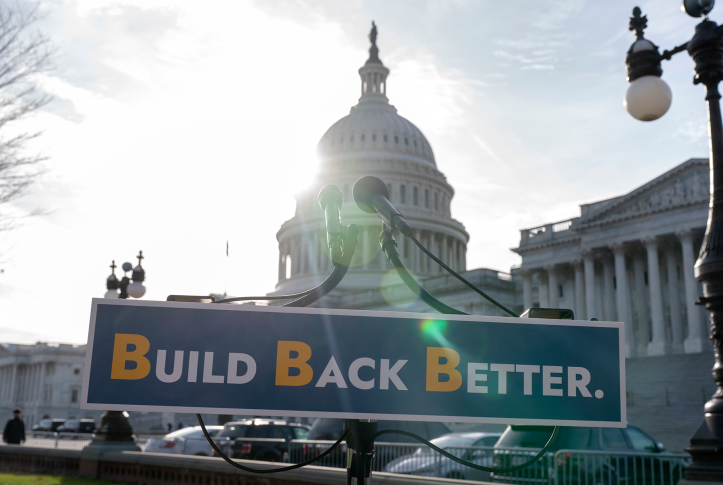In politics, timing is everything. While the media clamor about dramatic negotiations between resistant legislators and the White House, it’s easy to lose track of what’s at stake in this crucial moment in U.S. health care history. To put it simply, the Build Back Better Act (BBBA) may be our last chance — for decades — to expand health insurance and move the country significantly closer to universal coverage, something all other high-income countries achieved long ago.
The Build Back Better Act contains several critical elements that would close remaining coverage gaps in the Affordable Care Act (ACA). Together, these provisions would insure more than 7 million Americans, leaving only 23.6 million uncovered, and significantly improve the affordability of insurance. Two critical parts of the BBBA are:
- providing free coverage to low-income Americans who for various reasons do not have access to Medicaid in their states
- extending provisions of the 2021 American Rescue Plan Act that temporarily increased the generosity of federal subsidies for individuals eligible to purchase private insurance through the ACA marketplaces.
The BBBA contains other historic provisions. One would enable the federal Medicare program to negotiate drug prices for a limited number of critical pharmaceuticals used by Medicare beneficiaries. This would save the elderly and disabled, along with the federal treasury, an estimated $78.8 billion over 10 years. The bill also would address the United States’ astonishingly high maternal mortality rates, particularly among people of color, by extending Medicaid coverage to birthing people for a full year after birth.
In the history of American politics, major reforms — especially coverage expansions — occur only sporadically and only after hard-fought political battles. They require, as a practical matter, Democratic control of both the White House and Congress. That is the situation now, though clearly, Democratic majorities are razor-thin. They may not reoccur for a very long time. History shows that the likelihood of new administrations accomplishing major health reforms diminishes markedly after the first year in office, even if the party controls both houses of Congress.
As we wait for the stars to again align for expanding health insurance coverage in the U.S., millions will suffer physically and emotionally, and buckle under life-altering medical debt. As they contemplate the fate of the BBBA’s key provisions, federal legislators should feel the heavy weight of history on their shoulders.




